The Healing Power of the Para cress (toothache plant)
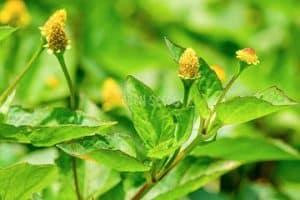
Para cress is a flowering herb belonging to the Asteraceae family. It is also known as the toothache plant, Szechuan buttons, buzz buttons, ting flowers, and electric daisy. The plant is native to Brazil, although its exact distribution is unclear. The leaves of the plant are used in salads to add a unique flavour, while the cooked leaves are used as leafy greens. The flower bud has a grassy taste, followed by a strong tingling or numbing sensation, often causing excessive salivation and a cooling sensation in the throat. The buds are referred to as “buzz buttons,” “Sichuan buttons,” “sansho buttons,” and “electric buttons”. The plant is also used to treat stomatitis, which is inflammation of the mouth. The pain-relieving effect of spilanthol, a major constituent of jambu extract, is responsible for the perception of a mouth-watering flavour sensation and the ability to promote
Healing Properties of Para cress plant,
Paracress is a plant that has various chemical properties that make it useful for culinary and medicinal purposes. Some of the main chemical compounds found in para cress are:
- Spilanthol: This is an olefinic alkylamide that gives paracress its numbing and tingling sensation in the mouth. It also has analgesic, anti-inflammatory, antifungal, and antibacterial effects. Spilanthol is mainly concentrated in the flowers and buds of paracress.
- Flavonoids: These are polyphenolic compounds that have antioxidant, anti-inflammatory, and anticancer properties. Flavonoids are found in the leaves and stems of paracress and include quercetin, kaempferol, and rutin.
- Tannins: These are phenolic compounds that have astringent, antidiarrheal, and antimicrobial effects. Tannins are also found in the leaves and stems of paracress and include gallic acid, ellagic acid, and catechin.
- Phytosterols: These are plant-derived sterols that have cholesterol-lowering and anti-inflammatory effects. Phytosterols are found in the seeds and oil of paracress and include beta-sitosterol, stigmasterol, and campesterol.
- Saponins: These are glycosides that have detergent, emulsifying, and foaming properties. Saponins are also found in the seeds and oil of paracress and have antifungal, antiviral, and immunomodulatory effects.
- Terpenes: These are volatile organic compounds that have aromatic and flavouring properties. Terpenes are found in the essential oil of para cress and include limonene, myrcene, and pinene
Amazing Health Benefits Of Para cress (toothache plant)
- Wound healing: Para cress has anaesthetic qualities that make it useful in treating skin wounds, pressure sores, and infected surgical wounds.
- Oral health: The antibacterial properties of Para cress may help treat oral health problems like bad breath. It may also help with preventing tooth decay caused by bacteria. Some say that it’s also useful for toothaches.
- Aphrodisiac: A certain compound included in the Para cress plant stimulates fertility, spermatozoa production, libido, and testosterone levels. According to animal studies, Para cress was able to increase sexual behaviour in both male and female animal models. Since most of these studies are made on animals, more should still be conducted if they can apply to people.
- Antimicrobial properties: Para cress can fight off certain types of bacteria. It also has antifungal and antiparasitic properties.
- Diabetes management: Paracress can normalize blood sugar to guard against high blood sugar levels, making it potentially effective as an anti-diabetic. While raising glutathione, it may also regulate diabetes-related biomarkers and creatinine levels.
- Anti-inflammatory properties: Silanthol in Para cress has anti-inflammatory effects. It can inhibit inflammations caused by natural substances in your body like nitric oxide synthase.
- Respiratory problems: The antiviral ability of Para cress aids in the treatment of flu and nasal congestion symptoms. For early therapy, this plant’s root powder is used with black pepper.
- Skin health: Spilanthol, a component of Para cress, is thought to have anti-ageing properties when mixed with other botanicals. It can quicken collagen synthesis while reducing collagen breakdown.
- Headache relief: Because of its analgesic qualities, Para cress is a useful treatment for headaches. To feel better, apply the plant’s paste to your forehead.
- Heart health: Para cress contains antioxidants that may be good for reducing the chances of chronic diseases including heart problems. It can also act as a vasodilator. This means that it may help widen your blood vessels for smoother blood flow.
How to Use the Para cress Plant
The para cress plant has a sharp, peppery taste and can cause a tingling sensation in the mouth. Here are some ways to use para-cress:
- You can eat the fresh leaves in salads or as a garnish. They add a spicy flavour and a crunchy texture
- You can cook the leaves like spinach or other leafy greens. They can be boiled, steamed, sautéed, or stir-fried
- You can use the flower buds as a spice or a condiment. They have a stronger flavour than the leaves and can be added to soups, stews, sauces, or marinades
- You can make a tea or a tincture from the leaves and flowers. They have anti-inflammatory, analgesic, and antibacterial properties. They can help with toothache, sore throat, mouth ulcers, and gum infections
- You can use the oil extracted from the plant for flavouring chewing gum, candy, or food. It has a similar effect as menthol or eucalyptus.
The Side Effects of Paracress
Paracress is a plant that has many health benefits, but it may also have some side effects.
some of the possible side effects of para cress are:
- It may cause allergic reactions in some people, such as skin rash, itching, swelling, or difficulty breathing. If you have any of these symptoms, stop using Paracress and seek medical attention
- It may interact with some medications, such as lithium, which is used to treat bipolar disorder. Paracress may have a diuretic effect, which means it can make the body lose water and increase the amount of lithium in the blood. This can lead to serious side effects, such as nausea, vomiting, tremors, confusion, or seizures. If you are taking lithium, consult your doctor before using Paracress
- It may lower blood pressure, which can be beneficial for people with hypertension, but it can also cause problems for people with low blood pressure or heart conditions. Paracress may act as a vasodilator, which means it can widen the blood vessels and improve blood flow. However, this can also lower blood pressure too much and cause dizziness, fainting, or irregular heartbeat. If you have low blood pressure or heart problems, be careful when using Paracres
Please feel free to contact us for more information and a talk with the naturalist.
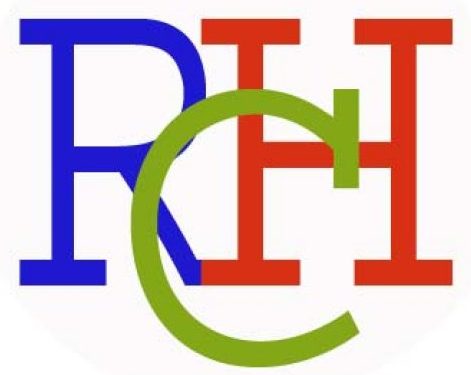
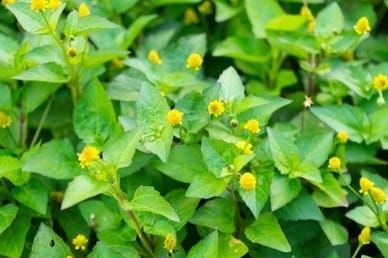
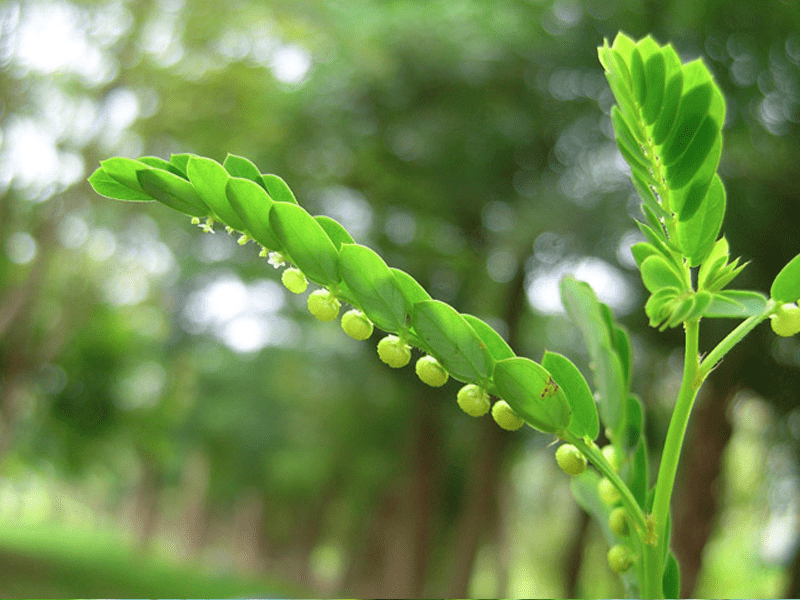
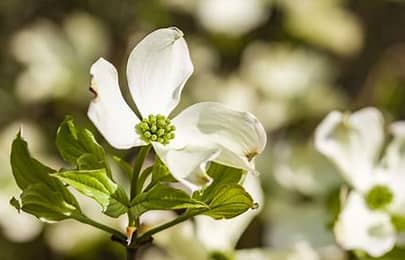
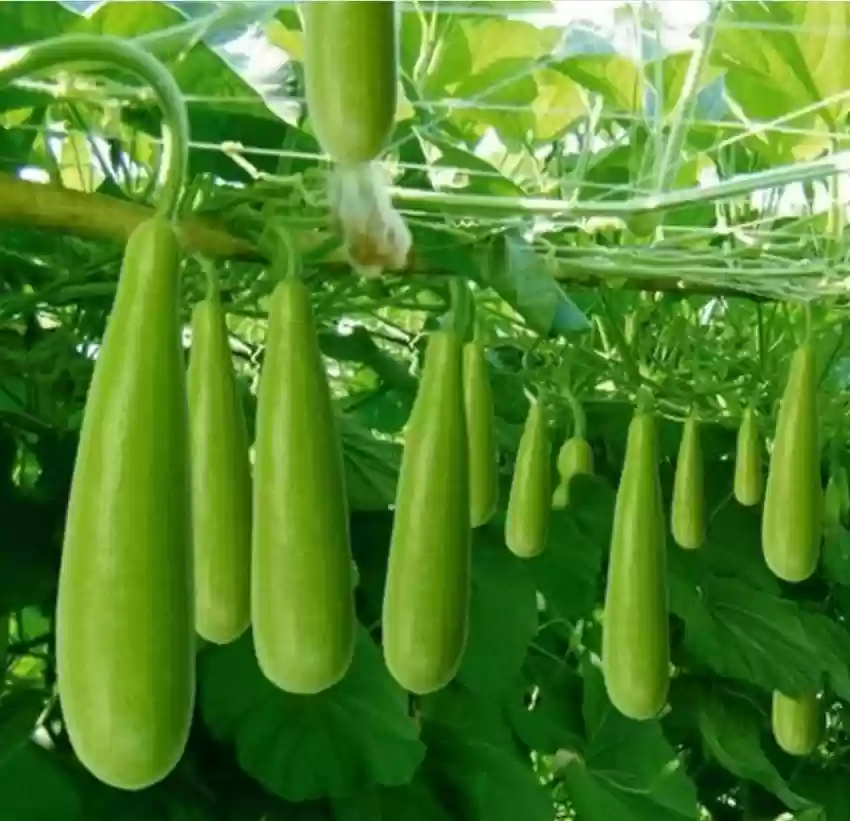
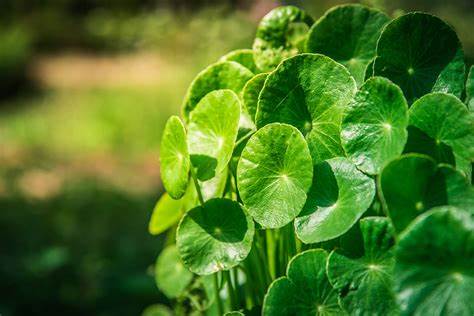
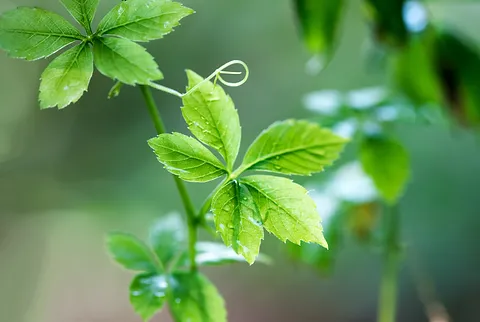
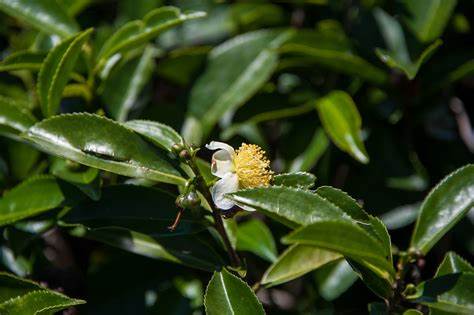

Review Para cress (toothache plant).
You must be logged in to post a review.